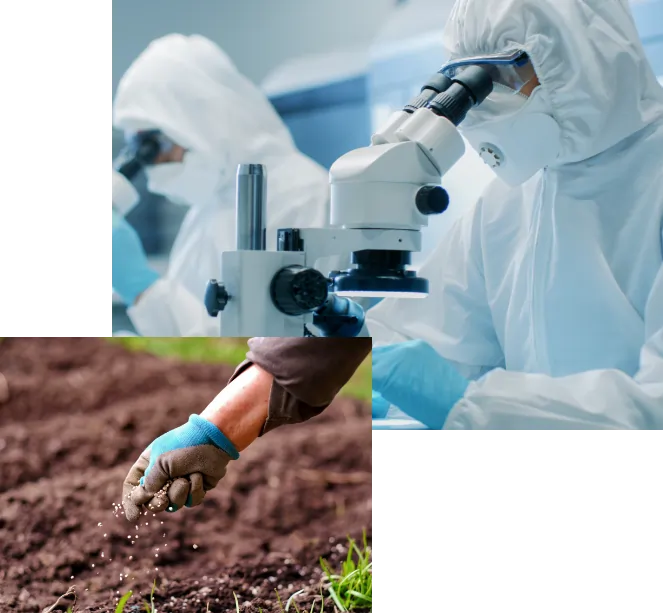Competitive Advantage
Bergeson & Campbell, P.C. (B&C®), a Washington D.C. law firm focusing on conventional, biobased, and nanoscale industrial, agricultural, and specialty chemical product approval and regulation, product defense, and associated business issues.
We help companies that make and use chemicals commercialize their products, maintain compliance, and gain competitive advantage as they market their products throughout the world. Our Mission is to get them to market faster and more efficiently than the competition.










